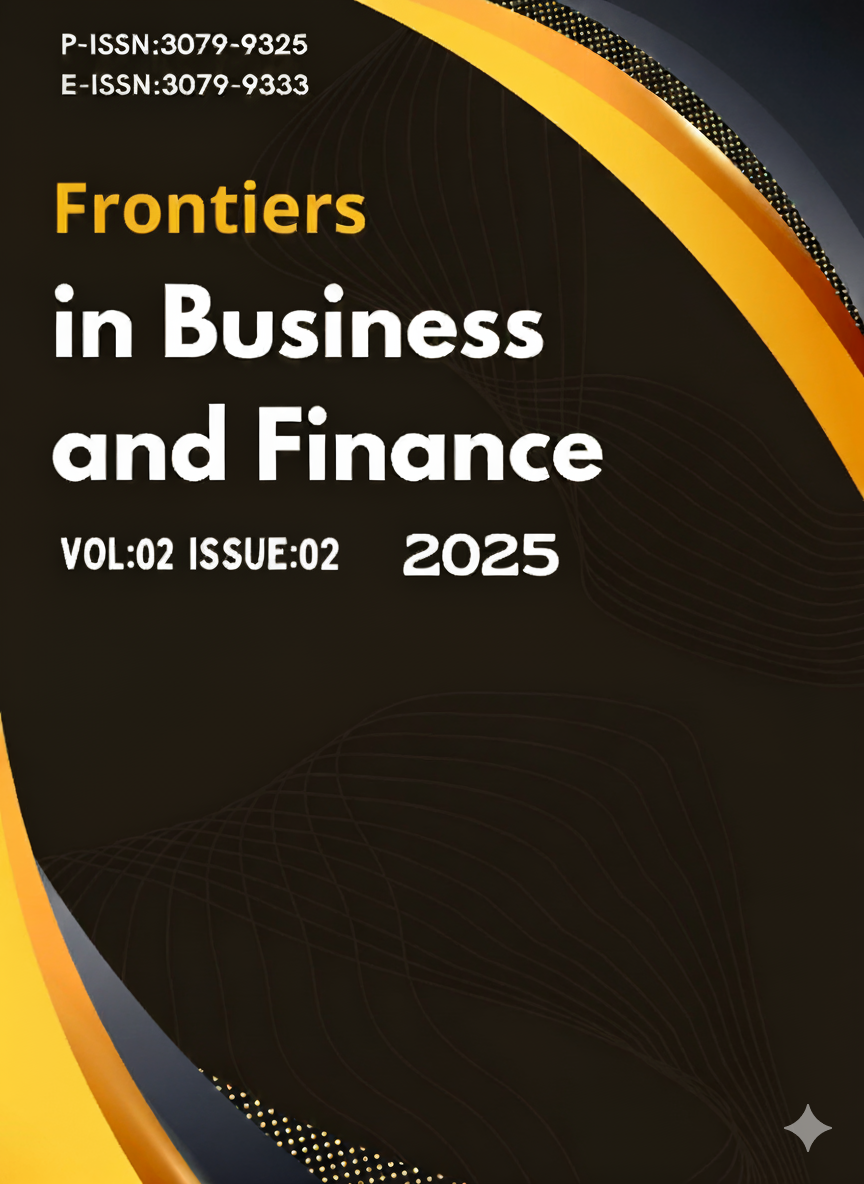Transformer-Based Architecture for Real-Time Option Greeks Estimation Under Extreme Market Conditions
DOI:
https://doi.org/10.71465/fbf420Keywords:
Transformer Architecture, Attention Mechanism, Option Greeks, Delta Hedging, Volatility Surface, Extreme Market Conditions, Deep Learning, Real-Time Computation, Financial Risk Management, VIX Index, Market Crisis, Gated Neural Networks, Stratified SamplingAbstract
The accurate and timely estimation of option Greeks remains a critical challenge in financial risk management, particularly during periods of extreme market volatility when traditional computational methods encounter severe limitations in both speed and reliability. This paper presents a novel application of Transformer-based deep learning architectures to the problem of real-time option Greeks estimation under extreme market conditions, addressing fundamental challenges that have constrained conventional approaches including computational bottlenecks, numerical instability, and inadequate handling of long-range temporal dependencies in volatility dynamics. We develop a specialized attention mechanism that exploits the structural properties of option surfaces while maintaining computational efficiency through strategic architectural design incorporating multi-head self-attention, gated neural network mechanisms that enforce economic rationality constraints, and positional encoding adapted for financial time series exhibiting non-stationary behavior. The empirical investigation employs comprehensive datasets spanning multiple market regimes including the 2008 financial crisis characterized by VIX levels exceeding 80 percent as documented in detailed intraday records, the August 2015 volatility spike reaching 53 percent, and the March 2020 COVID-19 pandemic market disruption with VIX peaking at 89.53 percent, providing robust assessment across diverse stress scenarios that reveal the catastrophic failure modes of traditional methods. Our Transformer-based approach achieves Delta estimation accuracy with Mean Absolute Error below 0.001 for at-the-money options during normal market conditions and maintains stable performance with MAE below 0.002 during extreme volatility events where traditional finite difference methods exhibit errors exceeding 0.05, representing more than twentyfivefold improvement in accuracy under stress conditions. The architecture leverages a stratified training strategy that oversamples extreme volatility regimes by factors exceeding thirteen times their natural occurrence frequency, ensuring robust generalization to crisis scenarios despite their rarity in historical data comprising less than two percent of trading days. Furthermore, the architecture delivers inference latency below 100 microseconds per option contract on modern GPU hardware, enabling genuine real-time Greeks calculation for large portfolios containing thousands of positions that require continuous hedging adjustments as volatility surfaces shift rapidly during market stress. This research establishes Transformer models as a transformative methodology for derivatives risk management, offering practitioners a robust tool for maintaining accurate hedge ratios and risk metrics even during the most turbulent market periods when precise Greeks estimation proves most critical for portfolio survival.
Downloads
Downloads
Published
Issue
Section
License

This work is licensed under a Creative Commons Attribution-NonCommercial-NoDerivatives 4.0 International License.




